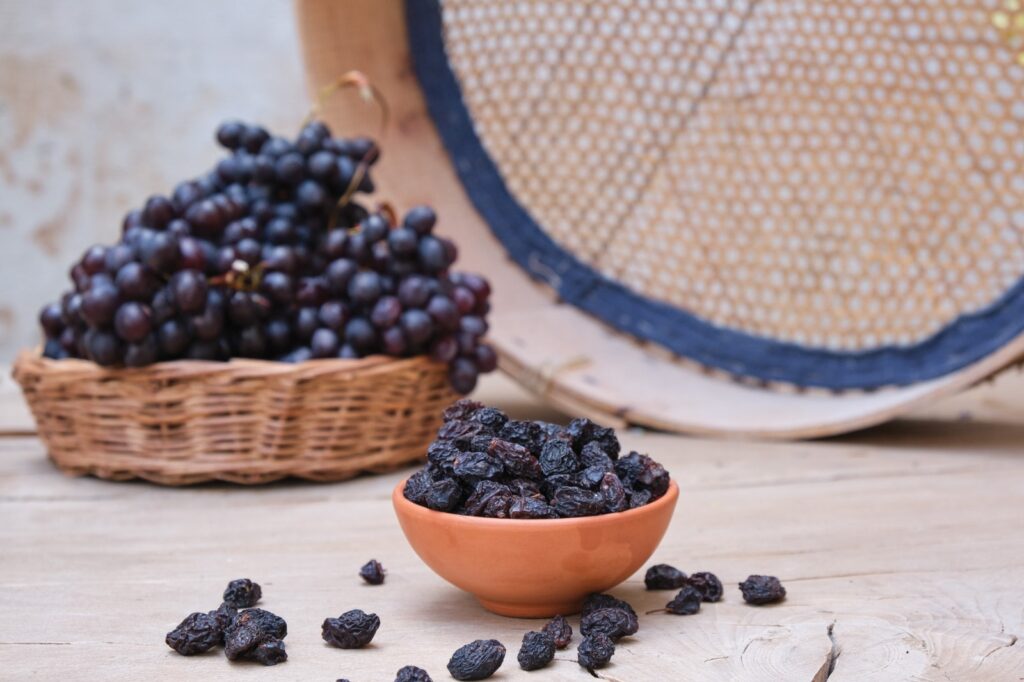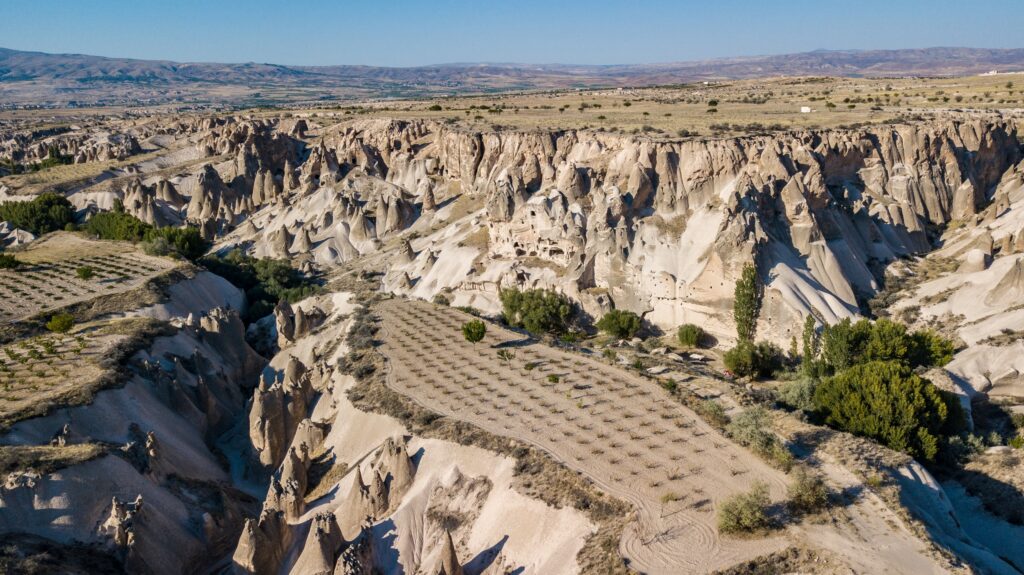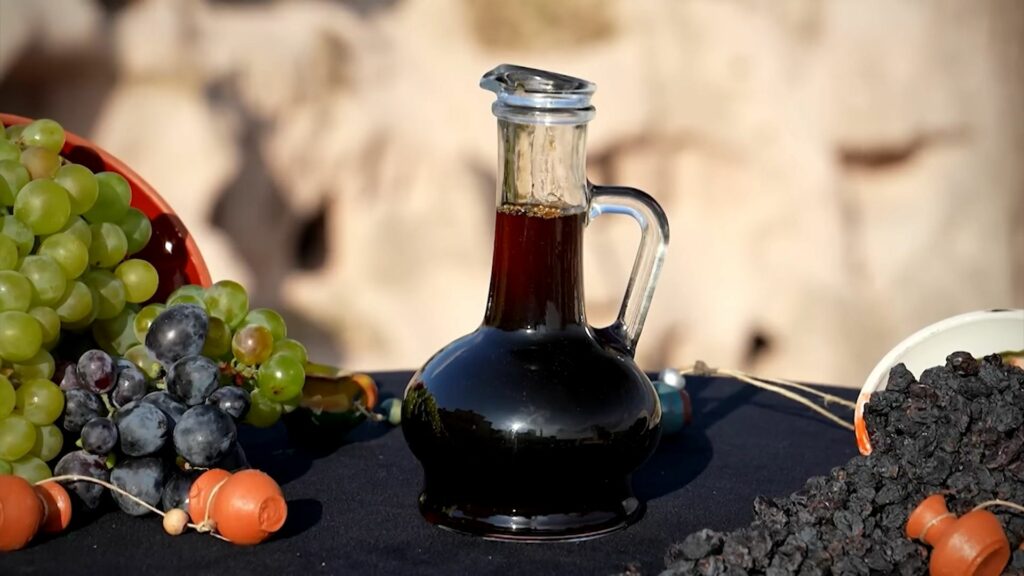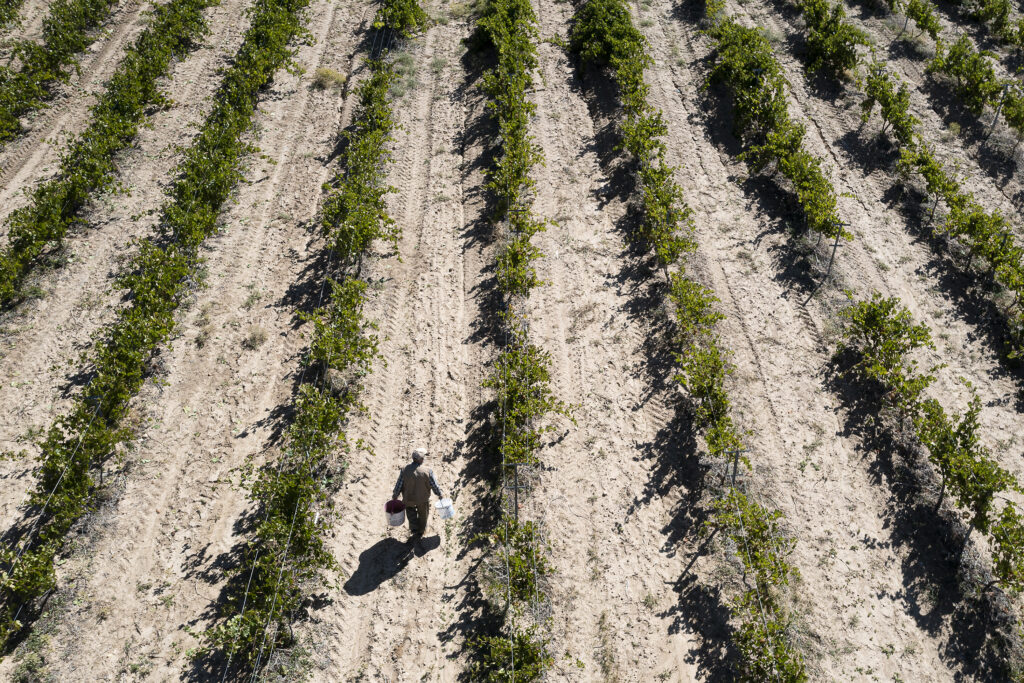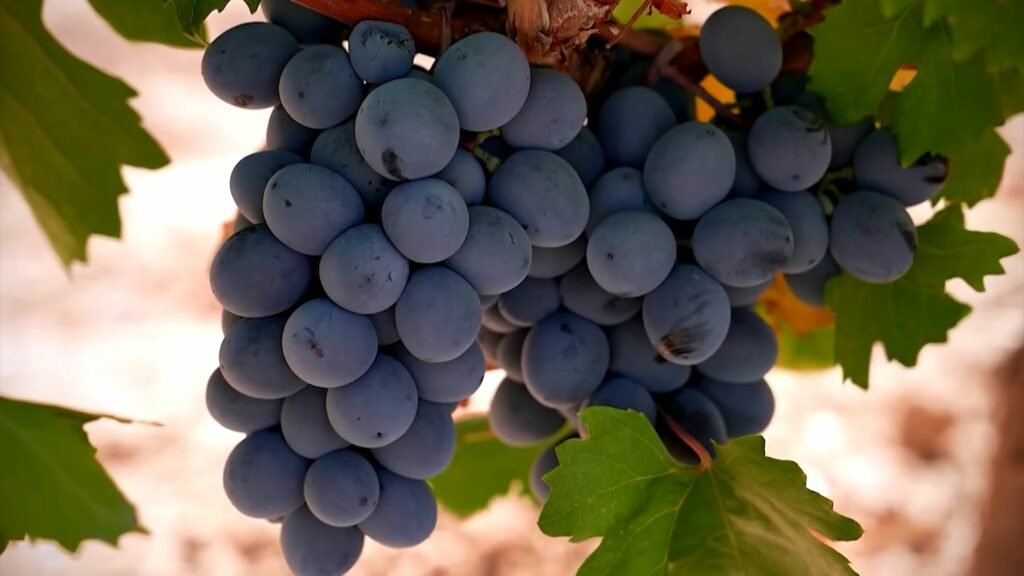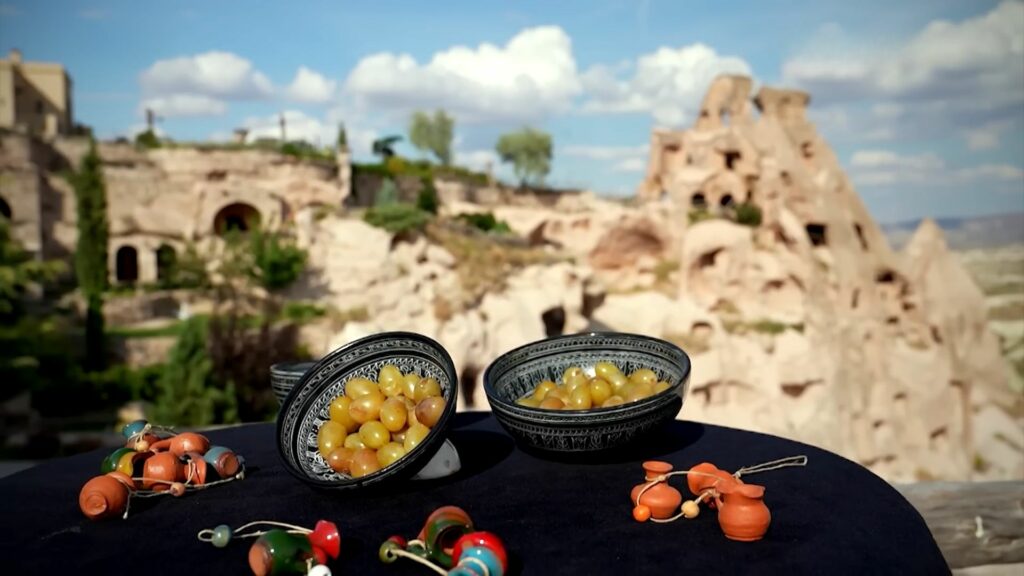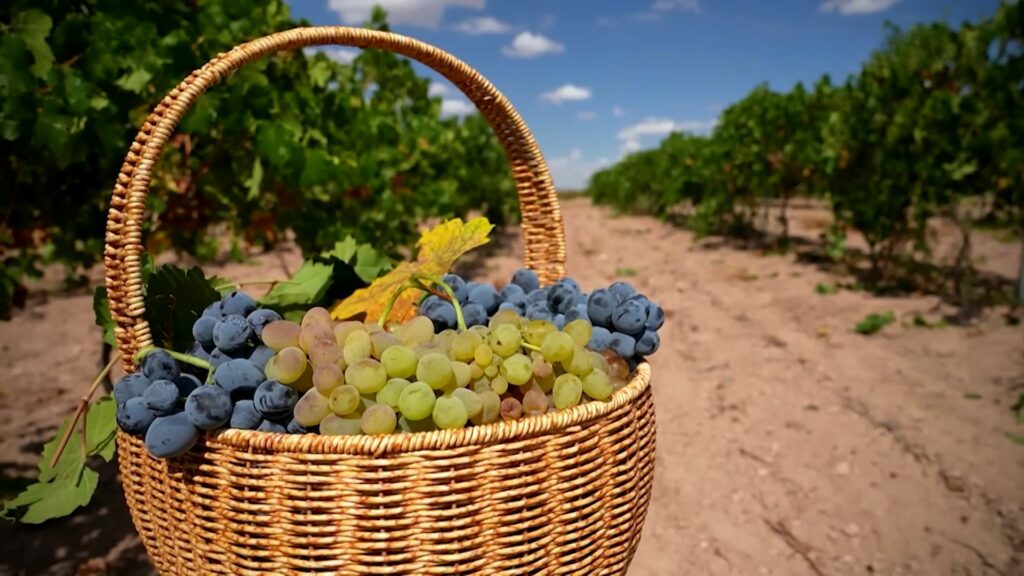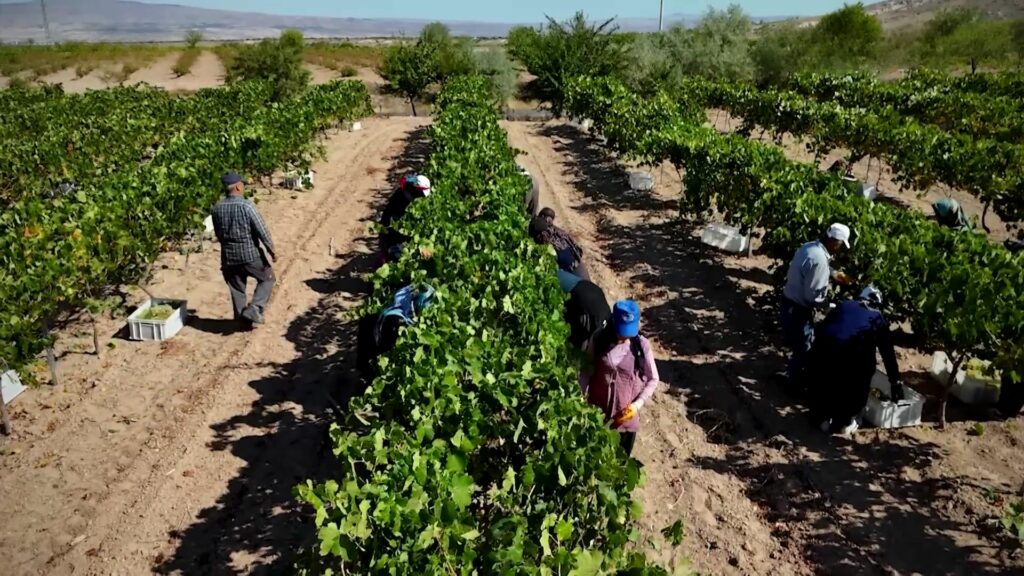As a result of the application process carried out by Ahiler Development Agency,
Cappadocia region, which hosts approximately 4 million tourists annually, has been included in the Iter Vitis Route.
This significant step will contribute to the promotion of the region’s rich viticultural heritage on an international platform and enhance the visibility of local producers. Moreover, this membership creates new collaboration opportunities for the preservation of cultural elements related to viticulture, the support of sustainable tourism and the implementation of rural development projects.
Cappadocia’s Deep-Rooted Viticulture Tradition
Cappadocia has been a center of viticulture for thousands of years, thanks to its fertile
volcanic soil and ancient agricultural traditions. Grapes are not only consumed fresh but are also transformed into various traditional products, such as molasses (pekmez), köftür and pestil. The region is home to some of the world’s oldest viticulture sites, including rock- carved grape processing houses (şırahane), which serve as evidence of the deep-rooted grape-growing culture.
Preserving and Promoting Traditional Viticulture
The region continues to produce traditional grape-based products through both boutique and large-scale production facilities. Additionally, the Hevenk Culture, a centuries-old grape
preservation method, enables grapes to be stored in stone houses’ food storage rooms
(dam), allowing their consumption throughout the winter.
The region also benefits from its phylloxera-free vineyards, a rare characteristic that allows direct vine planting, setting it apart from most grape producing regions worldwide.
A Symbol of Culture and Tourism
Cappadocia’s viticulture tradition is celebrated through annual events such as the Ürgüp Grape Harvest Festival, which has been held continuously. Additionally, the region has
gained recognition in other international cultural initiatives, including Avanos’ membership on the European Ceramic Route. Avanos’ rich heritage in pottery and ceramics has historically played a crucial role in preserving products derived from grapes.
Viticulture has been an integral part of Cappadocia’s historical and cultural identity,
dating back to civilizations such as the Hittites, Romans and Ottomans. The rock-carved şırahane found in churches, monasteries and underground cities demonstrate how viticulture shaped the region’s way of life. Grape motifs are also widely present in local architecture, crafts and folk literature, symbolizing abundance, fertility and continuity.
Local grape varieties, such as Nevşehir Finger Grape (Nevşehir Parmak Üzümü), have
been granted Geographical Indication (GI) protection, ensuring their authenticity and
quality.
A Strategic Step for Sustainable Tourism and Cultural Preservation
Cappadocia’s inclusion in the Iter Vitis Route is expected to strengthen its position as a
center for sustainable tourism by integrating viticulture with cultural and gastronomic
tourism experiences. Additionally, this recognition plays a crucial role in ensuring the
continuity of Cappadocia’s viticultural heritage. The involvement of local producers,
researchers and tourism professionals will help safeguard traditional viticulture practices, prevent the loss of historical vineyards and promote eco-friendly and sustainable agricultural methods. By fostering international cooperation, the region will not only enhance its global presence but also create new opportunities for rural development, cultural preservation, and economic sustainability.

